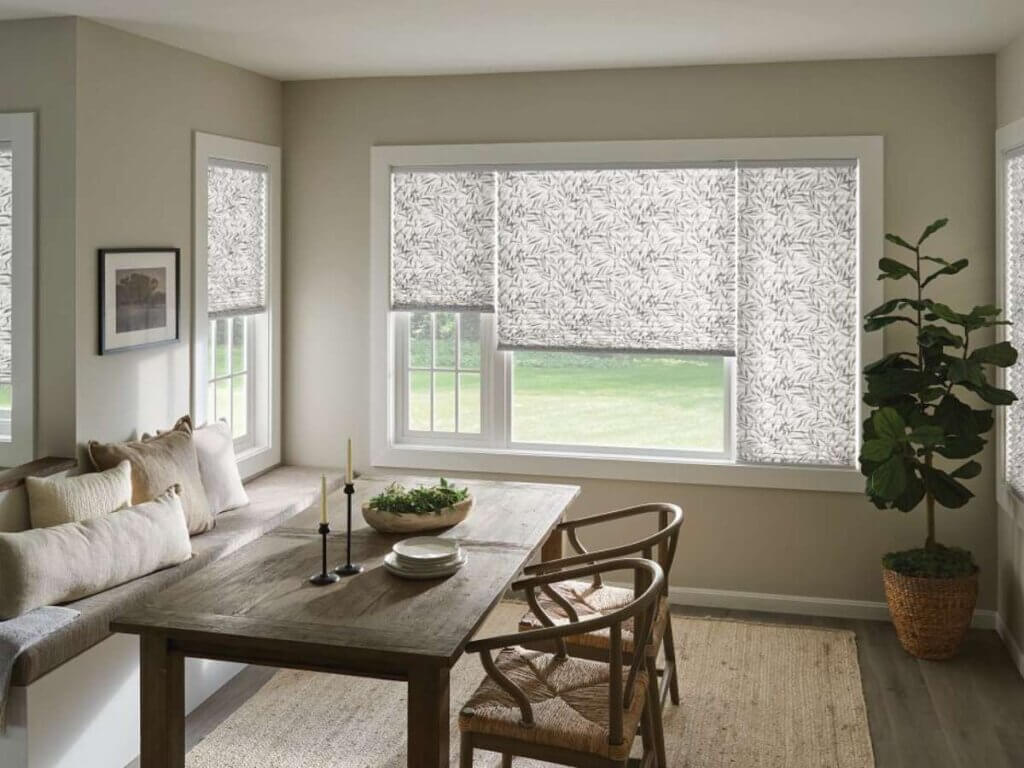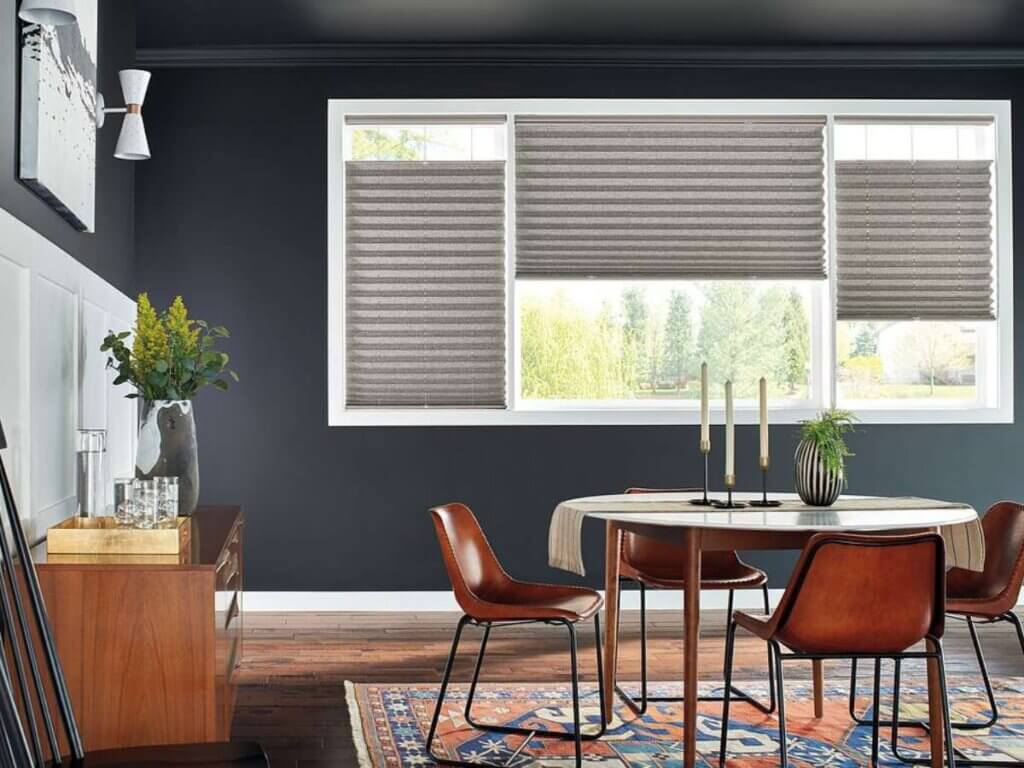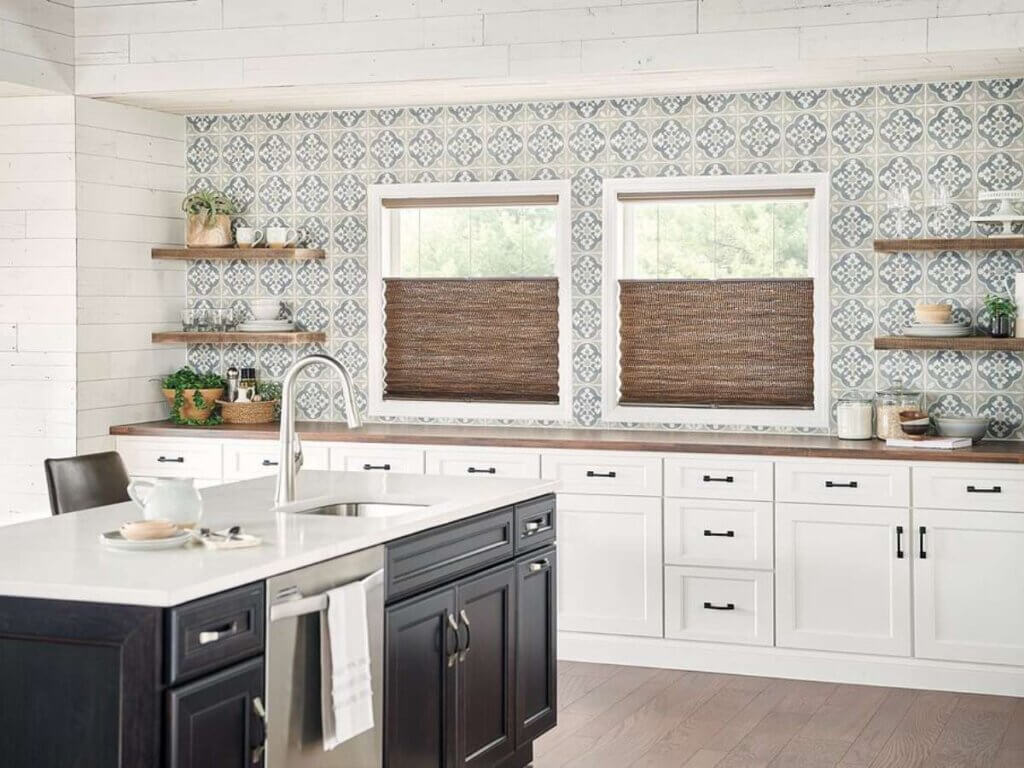Pleated shades are a popular window treatment choice, offering a blend of style, light control, and privacy. However, their delicate fabric and crisp pleats require careful maintenance to avoid damage, wrinkles, or stains. Cleaning them incorrectly can lead to permanent fabric warping, faded colors, or even structural issues.
This comprehensive guide will walk you through everything you need to know about how to clean pleated shades—from routine dusting to deep cleaning—while preserving their beauty and functionality.
Why Regular Cleaning Is Important
Over time, pleated shades accumulate dust, dirt, pet hair, and even airborne pollutants from cooking and smoking. Without regular maintenance, this buildup can:
✔ Make the fabric appear dull or discolored
✔ Impact the pleats, causing them to lose their crisp structure
✔ Lead to stubborn stains that are harder to remove later
✔ Reduce the lifespan of your shades
By following the correct cleaning techniques, you can keep your pleated shades looking fresh and ensure they function properly for years.

Step-by-Step Guide to Cleaning Pleated Shades
Step 1: Remove Loose Dust and Debris
Regular dusting helps maintain the fabric and prevents the need for frequent deep cleaning. Choose one of these methods based on your preference and fabric sensitivity:
- Vacuum with a Brush Attachment: Use the soft brush attachment on your vacuum cleaner and gently go over the fabric in the direction of the pleats to prevent damage.
- Microfiber Cloth or Feather Duster: Lightly dust the surface, ensuring you reach between the folds where dirt tends to settle.
- Compressed Air (for Ultra-Delicate Fabrics): If your shades are made from very fine fabric, use compressed air to blow out dust without touching them.
- 💡 Tip: Dust your pleated shades at least once a week to prevent buildup.
Step 2: Spot Clean Stains
Even with regular dusting, occasional stains from fingerprints, food, or airborne particles may appear. Address them immediately to prevent permanent discoloration.
How to Spot Clean Pleated Shades:
- Prepare a cleaning solution using mild dish soap and lukewarm water in a bowl.
- Dip a soft, lint-free cloth into the solution and wring it out until slightly damp.
- Blot the stain gently—do not rub, as scrubbing can damage the fabric or cause fraying.
- Use another clean, damp cloth to wipe away soap residue to prevent streaking.
- Let the area air dry completely before adjusting or raising the shade.
Avoid using harsh chemicals or bleach, as they can weaken the fabric and cause fading.

Step 3: Deep Cleaning for Heavily Soiled Shades
If your pleated shades have not been cleaned for a long time or have significant dirt accumulation, you may need a more thorough cleaning. Before proceeding, always check the manufacturer’s instructions, as some shades are not designed for water exposure.
Method 1: Bathtub Soaking (For Washable Pleated Shades)
- Remove the shades from the window carefully.
- Fill a bathtub with lukewarm water and mild soap.
- Submerge the shades gently swishing them to loosen dirt.
- Drain the tub and rinse the shades with clean water to remove soap residue.
- Lay the shades flat on a towel and pat dry—never wring or twist them.
- Rehang while slightly damp to prevent wrinkles and help them retain their shape.
⚠ Do NOT use this method if your shades have a metallic backing or an adhesive holding the pleats together.
Method 2: Hand-Washing (For Lightly Soiled Fabric Shades)
- Lay the shades on a clean, flat surface.
- Use a soft sponge dipped in a mild soapy solution to wipe each pleat.
- Rinse with a damp cloth to remove any soap residue.
- Allow them to air dry completely before raising them.
Step 4: Drying and Rehanging
Proper drying is essential to prevent mold, mildew, or water stains.
✔ Always let the shades air dry in their fully extended position to maintain pleat structure.
✔ If drying indoors, place a fan nearby to speed up the drying process.
✔ For stubborn wrinkles, use a hairdryer on a low, cool setting while gently pulling the fabric taut.
⚠ Avoid direct sunlight while drying, as excessive heat can cause fading.
How to Prevent Damage to Pleated Shades
Taking a few precautions can extend the lifespan of your pleated shades and reduce the need for deep cleaning.
- Dust Weekly: Regular dusting prevents dirt buildup and discoloration.
- Avoid Excess Moisture: Water exposure can weaken the fabric and affect pleat structure.
- Handle with Clean Hands: Oils and dirt from hands can stain the fabric.
- Use Fabric Protector Spray: If manufacturer-approved, a fabric protector can repel stains.
- Keep Pets Away: Pet hair and claws can damage the fabric over time.

Frequently Asked Questions
1. Can I put pleated shades in the washing machine?
No, most pleated shades should never be machine-washed. The spinning motion, water pressure, and detergent can cause shrinkage, fabric distortion, or damage to pleat adhesives. Hand-cleaning or vacuuming is the safest option.
2. What should I do if my pleated shades have yellowed over time?
Yellowing can occur due to prolonged sun exposure or dust buildup. Try lightly wiping them with a mix of water and mild detergent. If the discoloration persists, professional cleaning may be necessary.
3. Can I iron pleated shades if they become wrinkled?
No, ironing can damage delicate fabric and ruin the pleats. Instead, use a hairdryer on a cool setting while gently stretching the pleats back into shape.
Final Thoughts
Pleated shades require careful maintenance to retain their crisp appearance and functionality. Regular dusting, prompt spot cleaning, and cautious deep cleaning will help keep them in excellent condition for years. Always follow manufacturer guidelines to avoid unintended damage.
If you’re looking for expert advice on selecting or maintaining window treatments, contact MITS Annapolis today for professional assistance! Schedule a consultation now!


